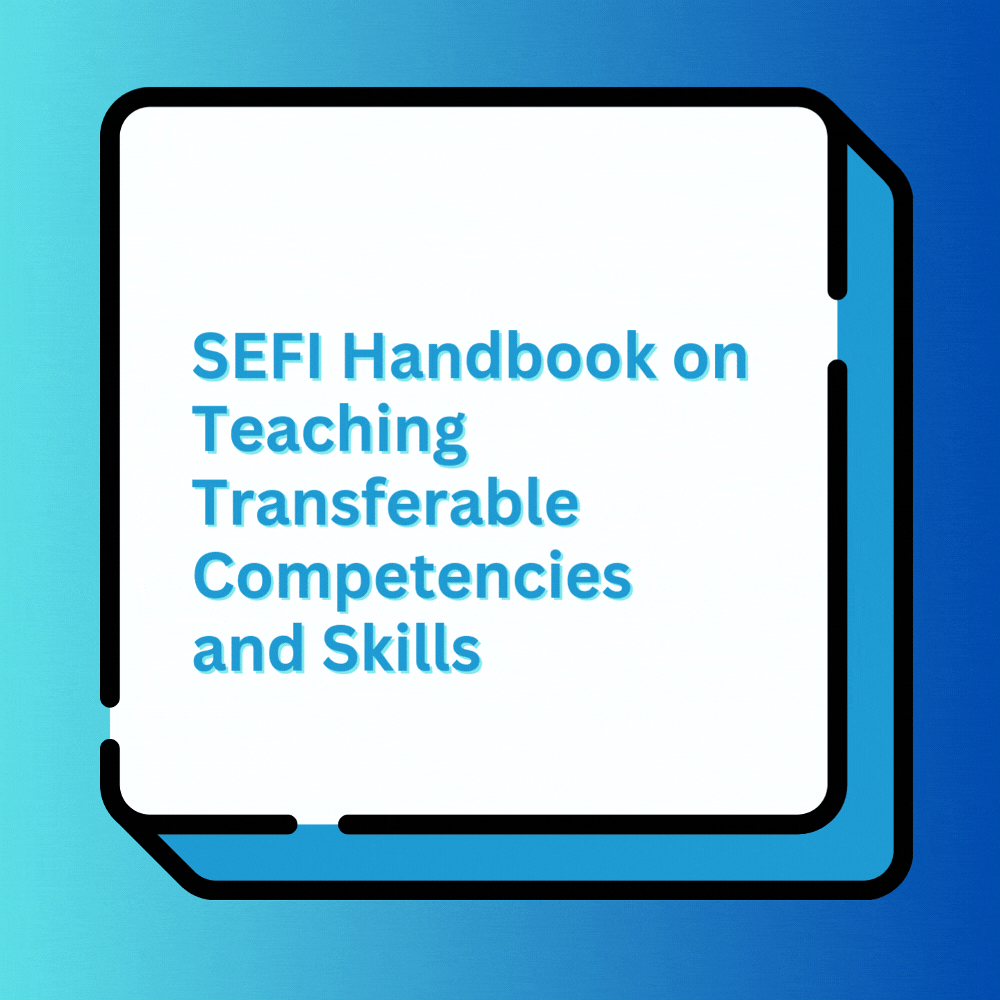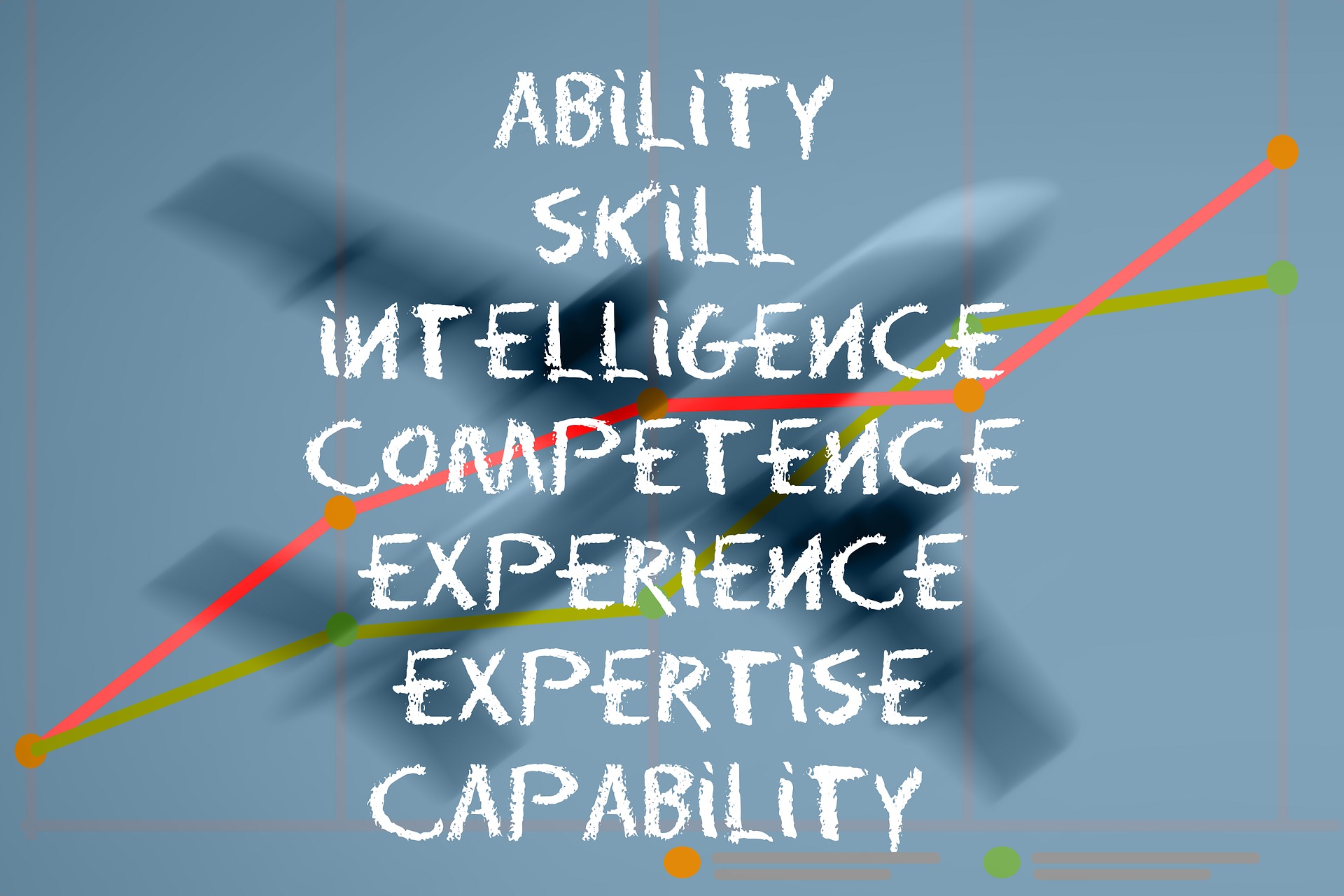UPDATE: We sincerely thank all participants for their interest in the 2025/26 intake. The survey…
European Engineering Educators podcast: season 1 episode 4:
Jan van de Veen from TUE discusses interdisciplinary with Natalie Wint and Neil Cooke
In this episode, our guest is Professor Jan van der Veen, who chairs the Eindhoven School of Education at TU Eindhoven in the Netherlands, where he focuses on teaching training and projects within engineering higher education. Jan was inspired by both his time as a physics teacher and the silos formed by different disciplines within higher education. Since then, he has won the national Comenius Leadership Grant to improve interdisciplinary engineering education and has co-authored a review study and case-study articles related to interdisciplinarity in engineering education.

Podcast link
Background
There is a general consensus that the complex and ill-defined challenges faced by today’s society require input from a wide variety of disciplines. This necessitates engineers to diverge from their traditional roles and responsibilities and work beyond the boundaries of their own discipline. This need has led to the implementation of interdisciplinary engineering education (IEE). The approaches to this differ substantially, for example, the context, instructional design, learning outcomes and activities can all vary.
The provision of interdisciplinary education can be challenging. Student perceptions and epistemological differences can lead to resistance. Bringing a variety of programmes together can lead to challenges in resourcing. How then can we best design teaching activities which allow engineering students to develop interdisciplinary skills?
The remainder of this article summarises the key discussion points which you might like to reflect upon considering your own context:
Differences between interdisciplinary, transdisciplinary, and multidisciplinary
Within his work, Jan defines interdisciplinary as involving integration among fields as well as methodological or conceptual synthesis with the aim of deepening knowledge and skills. (English, 2016; Huutoniemi, Klein, Bruun, & Hukkinen, 2010; Klein, 2010). Multidisciplinary interactions involve a combination of disciplinary components and are less likely to employ integrative processes, and the individuals involved do not necessarily learn from other disciplinary perspectives (Borrego & Newswander, 2010). He then describes transdisciplinarity as occurring when two or more disciplines apply their knowledge and skills to real-world problems in collaboration with external stakeholders (English, 2016). Jan claims that the progression from multidisciplinarity to interdisciplinarity and transdisciplinarity can be considered as an increase in complexity.
Educational strategies used to implement interdisciplinary education
In Jan’s work, he makes use of a conceptual framework which defines educational processes at three levels: vision, teaching, and support (Van den Akker, 2003). Vision describes the motivations and goals of the programme and can be used to articulate and justify the need for interdisciplinarity. Teaching relates to instruction, content, structure, learning outcomes and assessment and can often depend on the context and resources available. Support refers to infrastructure and institutional support which may include teaching space, staff development, time etc. Support is important within interdisciplinary education due to the institutional barriers that can be experienced.
Real-world problems can help with motivation
Jan claims that interdisciplinary, real-world, authentic problems (often sourced from industry) can be used to increase student motivation. Such projects are often ambiguous and provide students with the opportunity to develop skills in working with missing information.
Assessment of interdisciplinary
Even if integration and interdisciplinary are specified as learning outcomes, assessing individual performance within a project or course is challenging.
Jan frames interdisciplinarity as a professional skill which can be assessed using reflective journals, meeting notes, or peer assessment.
There is a need for identity work
Instructors may need to scaffold and reinforce professional identities during interdisciplinary activities rather than leaving students to develop such identities themselves (McNair et al., 2011). Academics may also need to negotiate their own academic identities.
Resources
https://www.tandfonline.com/doi/full/10.1080/03043797.2019.1646210
https://onlinelibrary.wiley.com/doi/full/10.1002/jee.20347
References
Borrego, M., & Newswander, C. B. (2010). Definitions of interdisciplinary research: Toward graduate-level interdisciplinary learning outcomes. Review of Higher Education, 34(1), 61– 84.
English, L. (2016). STEM education K-12: Perspectives on integration. International Journal of STEM Education, 3(3), 1–8. https://doi.org/10.1186/s40594-016-0036-1
Huutoniemi, K., Klein, J. T., Bruun, H., & Hukkinen, J. (2010). Analyzing interdisciplinarity: Typology and indicators. Research Policy, 39, 79– 88. https://doi.org/10.1016/j.respol.2009.09.011
McNair, L. D., Newswander, C., Boden, D., & Borrego, M. (2011). Student and faculty interdisciplinary identities in self-managed teams. Journal of Engineering Education, 100(2), 374– 396. https://doi.org/10.1002/j.2168-9830.2011.tb00018.x
Klein, J. T. (2010). A taxonomy of interdisciplinarity. In R. Frodeman, J. T. Klein, & C. Mitcham (Eds.), The Oxford handbook of interdisciplinarity (pp. 15– 30). Oxford, UK: Oxford University Press.
Van den Akker, J. (2003). Curriculum perspectives: An introduction. In J. Akker, W. Kuiper, & U. Hameyer(Eds.), Curriculum landscapes and trends (pp. 1– 10). Dordrecht, The Netherlands: Kluwer.


